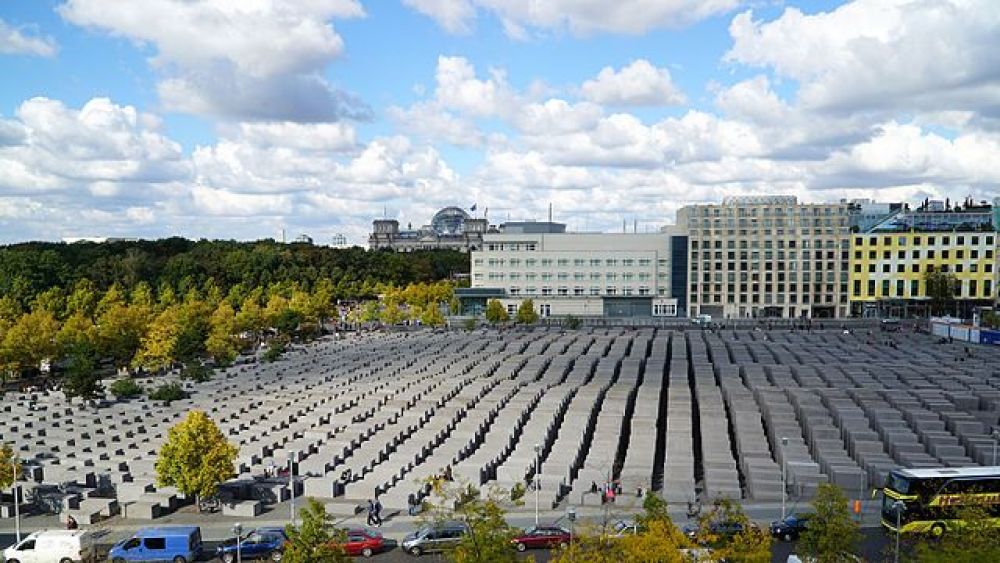

The Holocaust Memorial, also known as the Memorial to the Murdered Jews of Europe, is one of Berlin's most poignant landmarks. Since its inauguration in May 2005, the Memorial has stood as a solemn reminder of the atrocities of the Holocaust, during which six million Jews were systematically murdered by the Nazi regime. Designed by architect Peter Eisenman and engineer Buro Happold, it consists of 2,711 concrete slabs arranged in a grid pattern over a sprawling field.
The idea for a memorial was first proposed in 1988 by a group of prominent German journalists and historians who felt it was necessary for Berlin to have a formal commemoration for Holocaust victims. After years of debates regarding the design and location, the German parliament finally reached a decision in 1999. It took another six years for the Memorial to be completed and opened to the public on May 10, 2005, sixty years after the end of World War II.
Visitors are welcomed to walk through the Memorial's maze-like stelae, which grow taller as one ventures into the depths, creating an atmosphere of confusion and claustrophobia, symbolizing the experiences of the Jews during the Holocaust. Beneath the field of stelae is the Place of Information, an underground information center which presents the names of all known Jewish Holocaust victims, giving a personal dimension to the abstract artwork above.
The Memorial has become an essential stop for tourists in Berlin, with millions of visitors each year. Its central location near the Brandenburg Gate and the Reichstag makes it easily accessible and has helped in integrating the history of the Holocaust into the everyday experience of the city. Tourists often combine a visit to the Memorial with educational tours that include other historical sites of World War II and the Cold War.
In recent times, the trend of educational and historical tourism has grown, with many visitors seeking to deepen their understanding of the past. The Memorial has adapted to this trend by offering guided tours, educational programs, and workshops that cater to this demand. The integration of technology, like the use of augmented reality apps and interactive displays at the Place of Information, has also enhanced the visitor experience.
The administration of the Holocaust Memorial is conscious of the need for sustainability and the preservation of the site for future generations. Efforts to maintain the concrete stelae and manage the impact of tourism form an integral part of its management. Visitors are encouraged to engage with the Memorial respectfully, keeping in mind its significance and the need to uphold the dignity of the site.
The Holocaust Memorial in Berlin not only serves as a stark reminder of the past but also as a place of learning and reflection. It demonstrates the power of public art and remembrance in confronting historical atrocities and ensuring that such events are never forgotten.